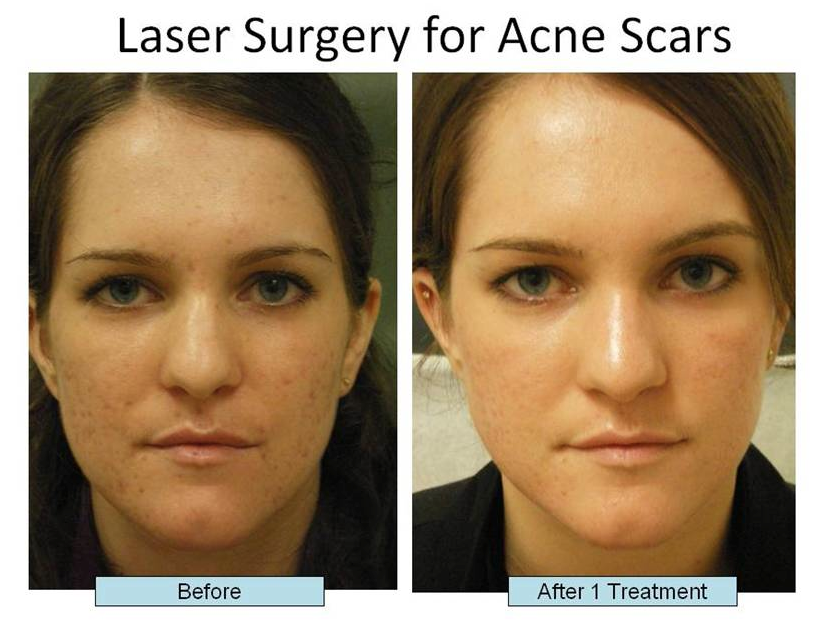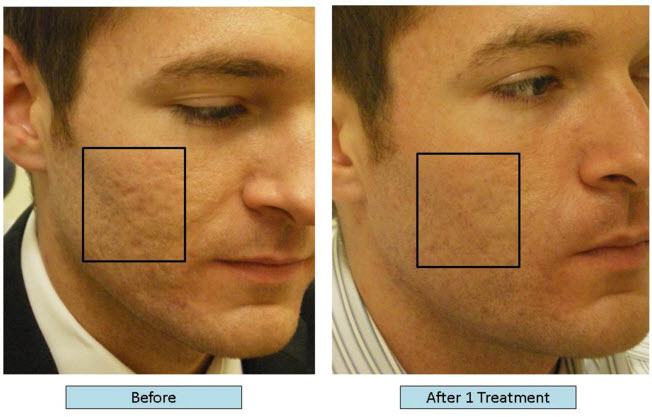Sensitive Skin? Find the Right Acne Scars Treatment for Your Requirements
Sensitive Skin? Find the Right Acne Scars Treatment for Your Requirements
Blog Article
Recognizing the Numerous Skin Problems and Reliable Treatment Choices for Acne Marks
Acne scars represent a complicated interaction of skin problems that substantially impact individuals' self-confidence and general skin wellness. As we explore the landscape of acne scar management, it ends up being apparent that the journey towards more clear skin may entail more than simply topical solutions.
Kinds Of Acne Scars

In comparison, hypertrophic marks result from an overproduction of collagen throughout the healing procedure, resulting in increased locations on the skin. These scars are frequently firm and can vary in color, in some cases showing up red or darker than the bordering skin.
Recognizing these sorts of acne marks is essential for developing a reliable therapy strategy - acne scars treatment. Alternatives might consist of chemical peels, laser treatment, microneedling, or facial fillers, customized to the specific scar kind. An extensive assessment with a dermatologist can help figure out one of the most appropriate treatment, taking into consideration the individual's skin kind, mark extent, and total skin health
Sources Of Acne Scarring
Scarring occurs as a result of the body's natural healing feedback to inflammation and injury brought on by acne sores. When acne kinds, it triggers an inflammatory feedback, leading to the release of different cytokines and development factors that promote recovery. This process can often lead to extreme tissue development or inadequate repair service, resulting in marks.
The main reasons of acne scarring include the intensity of the acne itself, duration of the sores, and specific skin kinds. Severe inflammatory acne, such as nodules and cysts, is most likely to result in scarring due to much deeper cells damage. Additionally, improper handling of acne sores, such as squeezing or choosing, can intensify cells injury and swelling, boosting the probability of scarring.
Genetic predisposition additionally plays a significant role; people with a family background of scarring are at a higher risk. Skin type and shade can affect scar formation, as darker skin tones might experience post-inflammatory hyperpigmentation, while lighter skin might create atrophic scars.
Ultimately, understanding these reasons is vital in managing acne and reducing the potential for scarring.

Treatment Choices for Scarring
Efficient treatment options for acne scarring vary depending on the type and seriousness of the scars. Typically categorized right into atrophic, hypertrophic, and keloid marks, these conditions need tailored techniques for ideal results.
For atrophic marks, which are characterized by a loss of tissue, therapies such as chemical peels, microdermabrasion, and laser treatment are generally utilized. These methods advertise skin renewal and boost collagen production, therefore boosting skin structure. Subcision, a minimally invasive treatment, can also work by separating fibrous bands under the skin.
Keloid and hypertrophic scars can be extra challenging to deal with. Choices consist of corticosteroid injections to lower inflammation and flatten the marks. In some situations, cryotherapy or laser treatment might be suggested to reduce their look.
Surgical choices are offered for extreme scarring, where excision or skin grafting might be needed. It's crucial for people to talk to a skin specialist to analyze their specific mark type and go over one of the most suitable therapy strategy. Combining several treatments commonly yields the ideal outcomes, making sure that each patient's distinct skin problem is dealt with successfully.
Natural Home Remedy and Natural Solutions
Natural options and home solutions can offer an obtainable method for people looking for to boost the look of acne scars (acne scars treatment). Numerous active ingredients found in the home kitchen area have actually shown potential advantages in improving skin structure and advertising recovery

An additional efficient option is lemon juice, which functions as a natural exfoliant and can lighten hyperpigmentation. It must be used cautiously, as it might trigger photosensitivity. Oatmeal masks are additionally helpful; their gentle peeling can help get rid of dead skin cells while calming inflammation.
Necessary oils, such as tea tree oil and lavender oil, can better sustain scar healing as a result of their antimicrobial residential or commercial properties. It is vital to do a patch test prior to applying any type of solution to guarantee there are no damaging reactions. These natural options can be a corresponding strategy in the journey to lessen acne scars.
Stopping Future Scarring
Embracing a positive approach to skincare can considerably minimize acne scars the danger of creating future acne marks. Regular cleansing, exfoliation, and hydration can help preserve skin health and avoid blocked pores.
In addition, avoiding the temptation to press or pick acne lesions is essential, as this can result in inflammation and subsequent scarring. Instead, individuals should concentrate on applying topical therapies that advertise healing and reduce swelling. Active ingredients such as salicylic acid, benzoyl peroxide, and retinoids are acne scars treatment recognized for their effectiveness in taking care of acne and lessening marks.
Sunlight defense is another crucial element; exposure to UV rays can impede and dim marks healing. Making use of a broad-spectrum sun block daily can mitigate these impacts.
Finally, preserving a healthy and balanced diet plan rich in anti-oxidants and remaining moisturized supports skin regeneration. By implementing these safety nets, individuals can significantly decrease their danger of future scarring and promote total skin health.
Verdict
In verdict, an extensive understanding of acne marks, incorporating both atrophic and hypertrophic kinds, is important for effective therapy techniques. Examination with a skin doctor continues to be imperative to create individualized strategies that take into consideration individual skin kinds and mark intensity, ultimately enhancing the effectiveness of scar administration methods.
Acne scars stand for a complex interplay of skin problems that significantly influence people' self-worth and total skin health. The two main groups of acne marks are hypertrophic and atrophic marks. These scars are further classified right into 3 subtypes: ice pick scars, which are narrow and deep; boxcar scars, which are broader and have well-defined edges; and rolling marks, which develop a wave-like look due to unequal skin structure.
A comprehensive consultation with a dermatologist can aid establish the most suitable intervention, taking right into account the person's skin type, mark extent, and general skin health and wellness.
Assessment with a dermatologist continues to be critical to create customized approaches that think about specific skin kinds and scar extent, eventually enhancing this link the efficiency of mark administration strategies.
Report this page